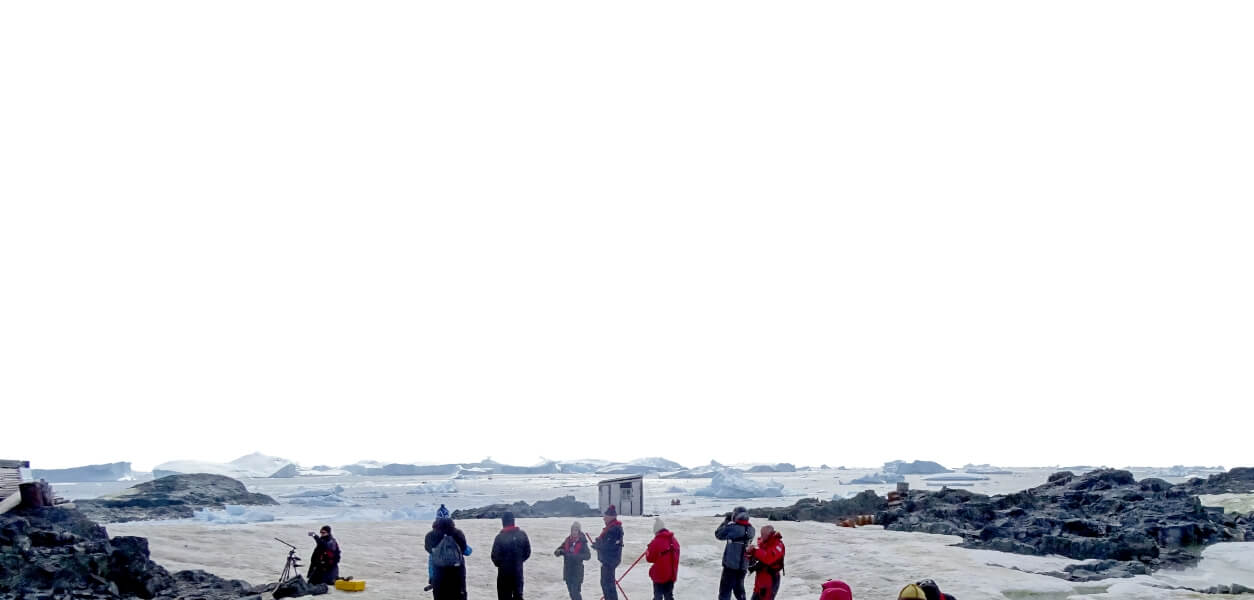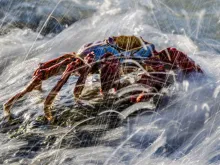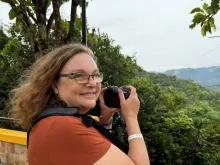You don’t have to be a master photographer to get great bird shots. Although it may seem intimidating, knowing your equipment and surroundings, having a plan and being confident are all you need to make the most of your birding experience and capture once-in-a-lifetime moments. Here are four photography tips to prepare you for your next birding trip.

Pygmy Kingfisher
Photo by James Diedrick
1. Know your equipment. You don’t have to spend thousands of dollars and carry around pounds of fancy equipment to capture beautiful photos. You can accomplish just as much with the basics. To start, most nature photographers use a DSLR (digital single lens reflex) camera. If you want to upgrade from the basics, a telephoto lens allows great zoom versatility. Start with a 300 or 400mm and work your way up. Another useful tool to have is a tripod, but if it’s too cumbersome, steady yourself or rest your camera on your knees or on something sturdy nearby. There are plenty of other pieces of equipment to enhance your birding experience that you can purchase as you become more advanced.

Green-breasted Mango
Photo by Kathy & sam (Flickr: Green-breasted Mango) [CC BY 2.0], via Wikimedia Commons
2. Understand your settings. It may seem a bit complicated at first, but understanding your camera settings (shutter speed, aperture and ISO) makes shooting photos much easier in the long run. A fast shutter speed between 1/500s and 1/1000s will capture clear and crisp photos of birds, especially while they’re in motion. A low f-stop between f/1.4 and f/2.8 makes for an aesthetically blurred background, bringing the subject into sharp focus; however, if you are capturing birds against a sky background or multiple birds, a higher f/stop might be better. Start with an ISO of around 400 and adjust it depending on the lighting and your other settings.

White-throated Magpie Jay
Photo by Gary J Wood
3. Blend in and be quiet. It’s impossible to capture the perfect photo if you scare the bird away before you get a chance to shoot. Normal birding rules apply when photographing, plus a few extras. Using blinds for yourself and your camera are useful for camouflaging yourself so as not to startle the bird. A swath of fabric or gauze can be a simple alternative to blinds. Also avoid wearing brightly colored clothing. Get close to the bird, but not too close. Give your subject enough space so that it feels comfortable. Speaking, breathing and walking quietly are obvious musts when birdwatching, but the sound of your camera shutter clicking may scare a bird away. Try taking your first photograph a distance from the bird, and then again after moving closer, so that it has time to get used to the sound.

Rugous-browed Peppershrike
Photo by Dario Sanches
4. Change it up. It’s easy for all of your birding shots to look the same, but there are plenty of ways to spice up your photos. Avoid a cluttered background distracting from the focus of your subject. Something as simple as changing angles and stepping a few feet to the right or left can completely change the composition of a photo. Try to follow the rule of thirds, in which you imagine two lines dividing up your image into three sections, vertically and horizontally. Then place the subject at the intersection of two lines. An off-center subject is far more eye-catching than one always at the center, but feel free to experiment with the composition of this rule. Additionally, a bird in motion, whether it be flying or simply walking gives a photo a bit of excitement.
Whether you’re a seasoned professional or an amateur birder, keeping these four tips in mind will be helpful as you adventure into new locations and cultures to capture exotic and rare avifauna.












